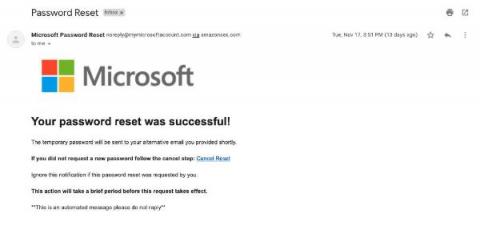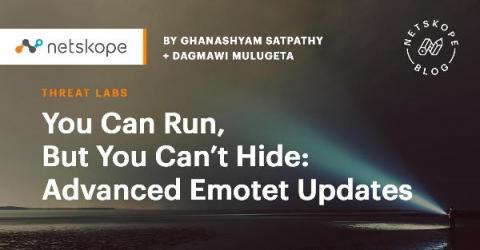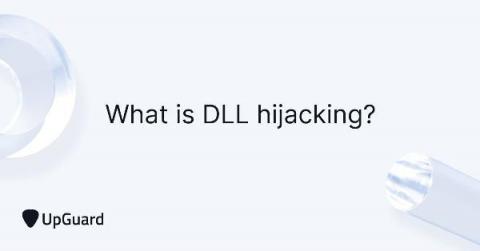Do's and Don'ts of Using Software For Monitoring Computers
According to the American Management Association, nearly half of employers monitor their employees’ digital activity on company-owned devices to some degree. Some of these employers manually read employees’ emails and track their activity. But the vast majority use software for monitoring computers, which is far more efficient. The right software can help you keep track of what your employees are doing during work hours, regardless of whether they are in the office or working remotely.











